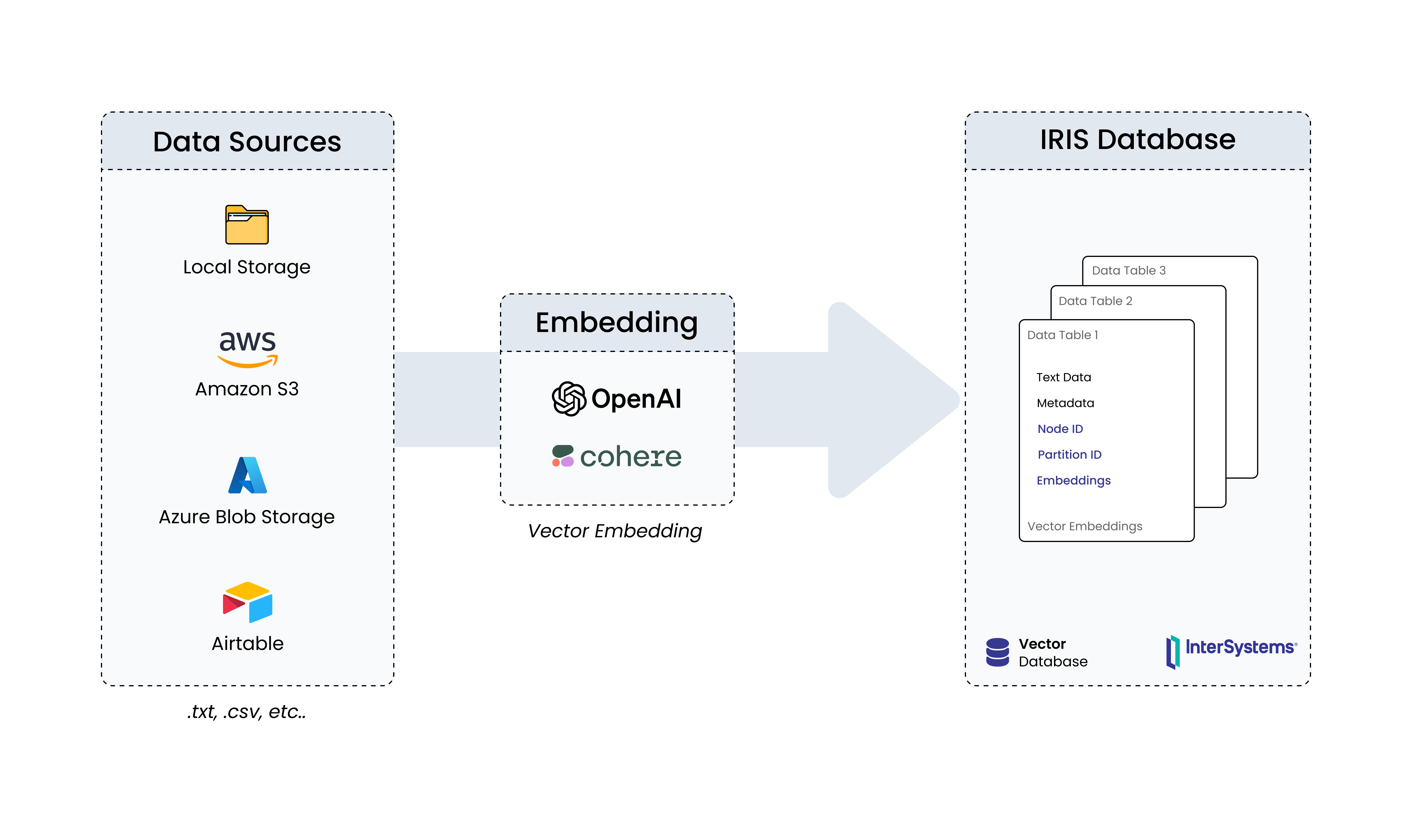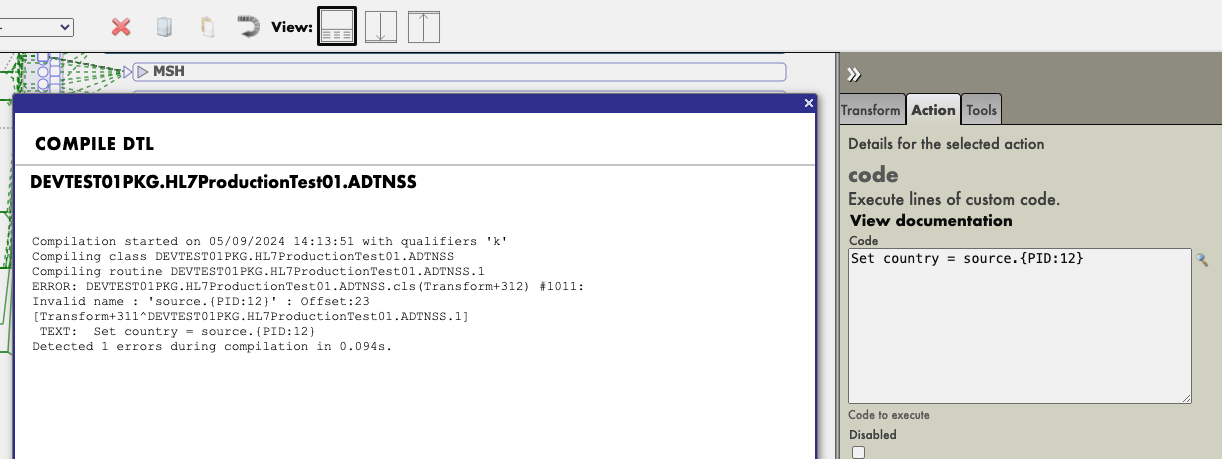Hi
How do I view the .int code of a compiled class in VS Code?
I am trying to use gj::Locate and the setup works, the explanation is all fine but when i paste an error from the Error Logs into the gj::locate it firstly tells me that it can't find the .cls and when I paste in the .int reference in the text box where you can specify the class, method, line+offset it replies that it can't find the item.
This is something to do with the objectscript extension rather than gj::locate
Nigel


.png)
.png)


.png)
